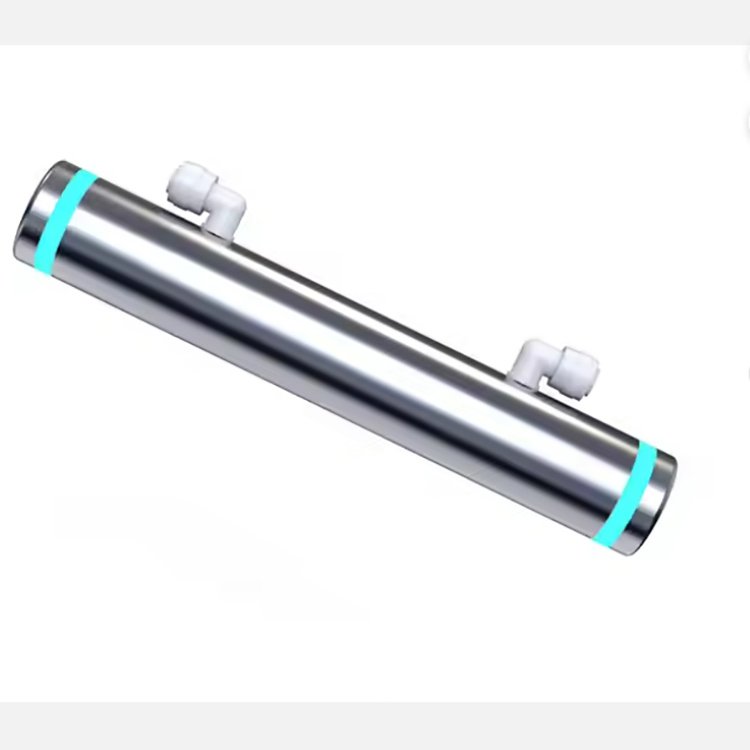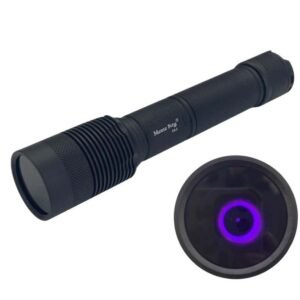UV light, or ultraviolet light, is a type of electromagnetic radiation that exists just beyond the visible spectrum of human vision.
With wavelengths ranging from 100 to 400 nanometers, ultraviolet light is invisible to the naked eye but plays an essential role in nature,
technology, and human health. From the sunlight that reaches Earth to advanced medical sterilization tools, uv light touches nearly
every part of modern life. In this guide, we will explore what ultraviolet light is, its types, its applications, its benefits and risks,
and the future of ultraviolet light technology.
Types of UV Light
Ultraviolet radiation is divided into three main categories based on wavelength: UVA, UVB, and UVC. Each type of uv light has
distinct properties and applications.
UVA (315–400 nm)
UVA has the longest wavelength and is the least energetic. It penetrates deeply into the skin and is primarily responsible for
tanning and skin aging. UVA rays account for about 95% of the UV radiation that reaches Earth. Common uses of UVA include
blacklights, curing lamps, and forensic analysis.
UVB (280–315 nm)
UVB has a medium wavelength and is more energetic than UVA. It is mostly absorbed by the ozone layer, but a small portion
reaches Earth and is responsible for sunburns. UVB also plays a crucial role in stimulating vitamin D production in humans.
In controlled environments, UVB lamps are used in dermatology for treating skin conditions and in agriculture for plant growth.
UVC (100–280 nm)
UVC is the shortest and most powerful wavelength of uv light. Natural UVC from the sun does not reach the Earth’s surface,
as it is blocked by the atmosphere. However, artificial UVC sources are widely used in sterilization and disinfection.
UVC lamps can destroy bacteria, viruses, and fungi by damaging their DNA and RNA, making it impossible for them to replicate.
How Does UV Light Work?
To understand the power of ultraviolet light, it is important to look at how it interacts with living organisms and materials.
When UV radiation penetrates cells, it causes photochemical reactions that can alter DNA, proteins, and other molecules.
This property makes uv light both beneficial and potentially harmful, depending on the level and type of exposure.
UV Light and DNA Damage
UVC radiation is especially effective at breaking down the molecular bonds in DNA. This process prevents microorganisms
from reproducing, which is why UVC is so widely used in sterilization systems.
UV Light and Skin Health
UVA penetrates deep into skin layers, accelerating aging, while UVB causes sunburns and skin damage.
Controlled use of UVB in medicine helps treat psoriasis, vitiligo, and eczema by slowing abnormal skin cell growth.
Applications of UV Light
The unique properties of ultraviolet light make it essential in countless industries. Below are the major fields where uv light is used.
Medical Applications
- Sterilization: UVC lamps are used to disinfect hospital rooms, surgical instruments, and laboratory spaces.
- Phototherapy: Narrowband UVB lamps treat skin conditions such as psoriasis and vitiligo.
- Vitamin D Support: UVB light is used in therapeutic lamps to support patients with vitamin D deficiencies.
Water and Air Purification
Ultraviolet light is one of the most effective chemical-free methods for purification. UVC lamps are installed in water treatment plants
to neutralize bacteria and viruses, ensuring safe drinking water. Similarly, HVAC systems integrate UVC sterilizers to
disinfect air in hospitals, schools, and offices.
Forensics and Security
UVA blacklights reveal hidden evidence such as fingerprints, blood stains, and counterfeit banknotes.
Law enforcement agencies rely on uv light to uncover invisible details in investigations.
Agriculture
Controlled exposure to UVB can enhance plant growth, boost disease resistance, and increase crop yield.
Horticulturalists often use uv light in greenhouses to simulate natural sunlight and strengthen plants.
Consumer and Everyday Uses
- UV lamps in nail salons for curing gels
- Blacklight posters and decorations for parties
- Counterfeit currency detectors
- UV flashlights for mineral inspection and pet urine detection
Health Benefits and Risks of UV Light
Benefits
- UVB stimulates vitamin D production.
- Phototherapy improves skin health.
- UV disinfection reduces disease spread.
Risks
- Overexposure to UVA causes premature aging.
- UVB exposure increases skin cancer risk.
- UVC is harmful to eyes and skin if not shielded.
UV Light Products
UVA Products
- Blacklight lamps for entertainment
- UVA curing lamps for printing
- UVA inspection flashlights
UVB Products
- Narrowband phototherapy lamps
- UVB reptile lights
- UVB sunlamps for vitamin D
UVC Products
- UVC germicidal lamps
- Portable sterilizers
- UVC water purifiers
- UVC air purifiers
The Future of UV Light Technology
The next innovation in uv light is Far-UVC (222 nm). Studies suggest that Far-UVC can effectively kill pathogens
without harming human skin or eyes, making it a promising technology for public spaces. UV LED technology is also
rapidly advancing, offering more energy-efficient and compact solutions compared to traditional mercury-based lamps.
Conclusion
UV light is a powerful, versatile, and essential form of radiation that impacts health, industry, and the environment.
From sterilizing hospitals to helping plants grow, uv light has countless applications. While its benefits are enormous,
safety precautions must always be observed. As uv light technology continues to evolve, it will play an even greater role
in sustainable living, healthcare, and science.






















